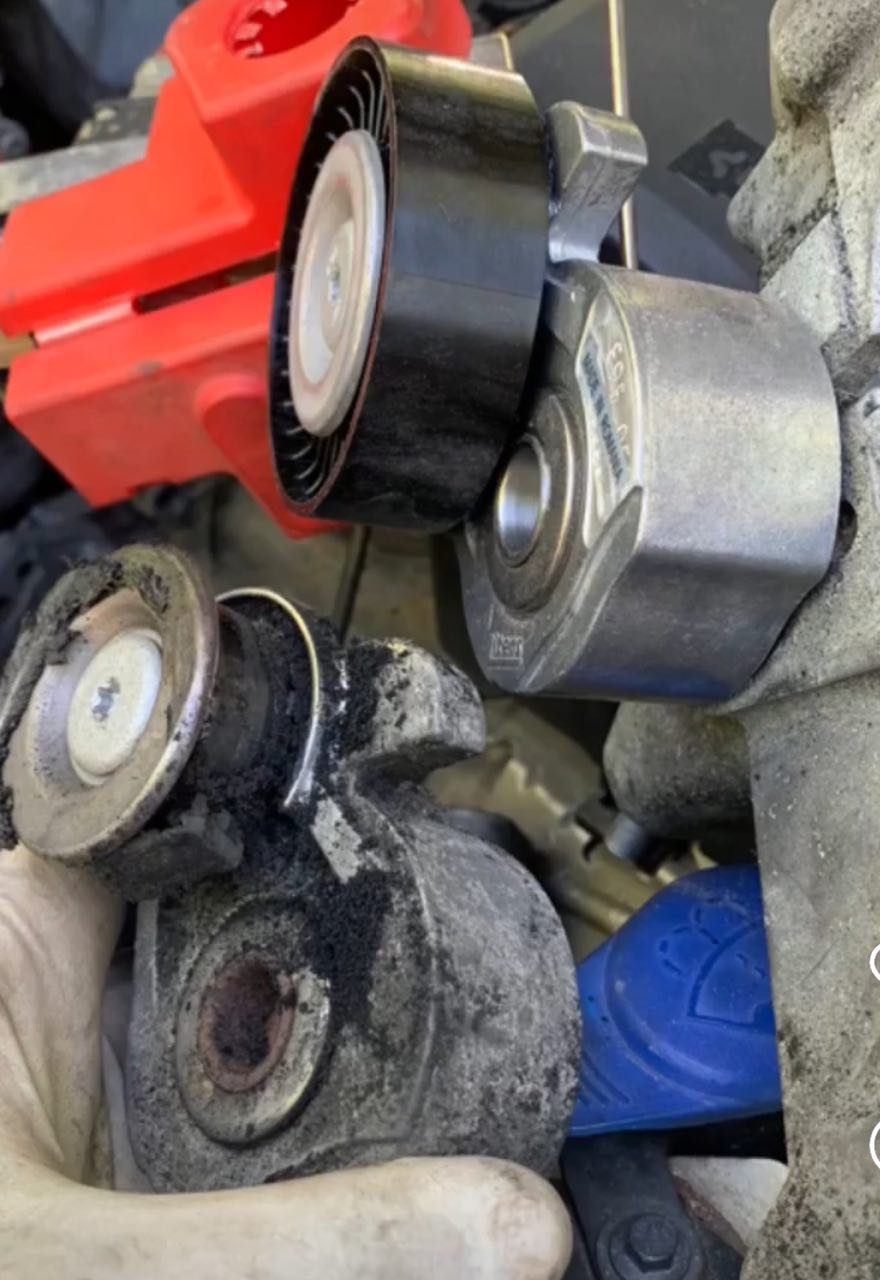Welcome to our comprehensive guide designed to help you understand, diagnose, and resolve issues with one of the most critical components of your vehicle’s engine – the tensioner pulley. This small but mighty part is pivotal in maintaining the correct tension on your vehicle’s belts, ensuring everything from the alternator to the power steering pump operates smoothly. However, like all mechanical components, tensioner pulleys are prone to wear and tear, and recognizing the signs of a malfunction is key to preventing larger, more costly problems down the road. In this guide, we will delve into the symptoms of a failing tensioner pulley, provide step-by-step diagnostic tips, and offer practical solutions to keep your vehicle running efficiently and reliably.
Signs of a Bad Tensioner Pulley

- Vibrations from the engine when idling
- Increase in engine temperature
- Visible wear and tear on the pulley’s surface
- Malfunctioning engine components due to incorrect belt tension
- Difficulty with turning your steering wheel (in vehicles equipped with power steering)
If you notice any of these symptoms, it’s time to begin diagnosing your tensioner pulley for further inspection.
Diagnosing Tensioner Pulley Problems
The best way to diagnose a tensioner pulley problem is to first assess the condition of the pulley itself. Start by visually inspecting the pulley for signs of wear and tear, such as cracked or chipped components, corrosion, or visible damage to the bearings. If the bearing is worn down, it will be difficult or impossible for it to hold tension properly. You can also inspect the belt itself for wear and tear; if it’s frayed or too loose then that could also indicate an issue with your tensioner pulley.
Once you’ve identified any potential problems with your pulley, you can go ahead and check its functionality using a few simple tools. First, use a socket wrench to see if you can manually adjust the tension on your belt; if this isn’t possible then there may be an issue with your puller wheel or other components of the system. Finally, use a multimeter to measure voltage output from your alternator while running and compare this reading with manufacturer specifications – low readings could point towards a faulty pulley system.
Maintaining Your Tensioner Pulley
In order to keep your tensioner pulley running smoothly, it’s important to maintain it regularly. This means checking the belt and pulley system for signs of wear and tear at least every 10,000 miles or once a year. Also, make sure to replace the belt if any cracks or fraying are detected. Additionally, lubricate the pulley wheel bearings with a high-quality lubricant such as grease or engine oil to reduce friction and ensure that the wheel can hold tension securely. Finally, take care not to over-tighten your belts beyond manufacturer specifications as this can damage both the belt and pulley system, leading to premature failure of both components.
Conclusion
When maintained properly, your tensioner pulley will remain in good condition for many years. However, it’s important to keep an eye out for any signs of trouble so that you can repair or replace the pulley as soon as possible. If you notice any of the symptoms we outlined above – strange noises, vibrations when idling, increased engine temperature, etc. – it’s time to begin diagnosing your tensioner pulley system and taking the necessary steps to resolve any issues before they become bigger problems. With the help of this guide and a few basic tools, you can easily maintain and repair your own tensioner pulley and keep your vehicle running smoothly for many miles to come!

